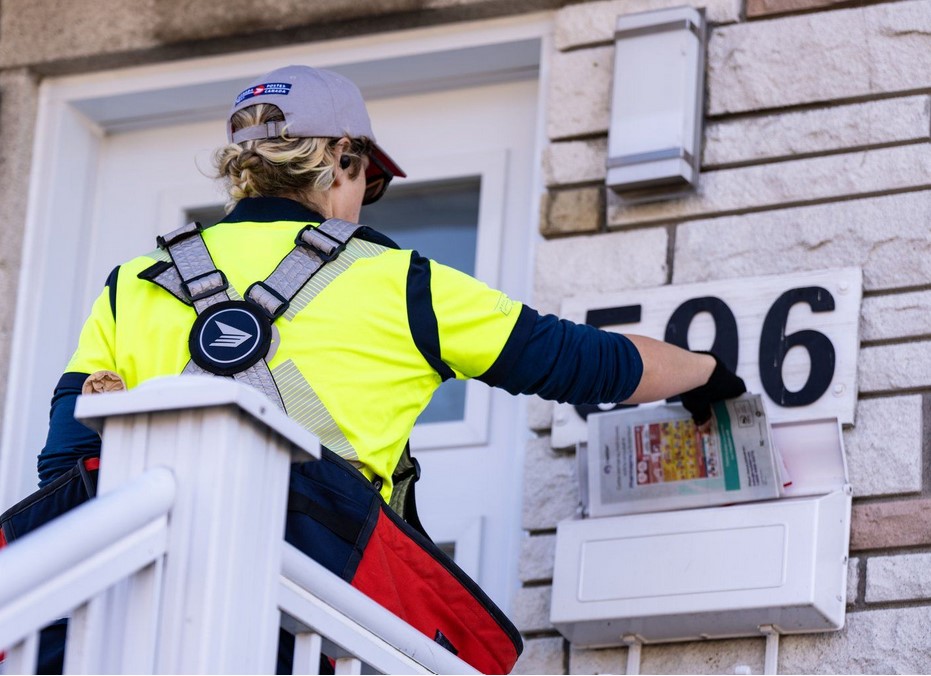Five things to know about Ontario’s climate change plan
Posted June 8, 2016 12:11 pm.
This article is more than 5 years old.
TORONTO – Five things to know about Ontario’s climate change action plan, which will be officially released Wednesday:
1. There is no ban on natural gas for heating, but Ontario will spend up to $600 million to help homeowners install low-carbon technologies such as geothermal and heat pump systems, solar thermal and solar generation systems for heating homes and water. Another $400 million will be used to get rid of old wood stoves, targeting northern, rural and First Nations communities, and encouraging them to switch to new high-efficiency wood stoves. There will be up to $220 million in rebates for people who buy or build their own near net-zero carbon emission homes. Up to $1.3 billion will be used to offset the cost of climate change initiatives on residential and industrial electricity bills. There will be up to $250 million to pay for free energy audits for pre-sale homes, which will be required before a new or existing single-family home can be listed for sale.
2. The province wants to take several steps to get more people to buy electric vehicles, in addition to incentives of up to $14,000 it already offers. There will be rebates of up to $1,000 to install a home charging station, free overnight charging for four years, and more charging stations in downtown areas and town centres across the province. Ontario is asking the federal government to eliminate the HST on electric vehicles. There will also be a cash-for-clunkers program to get old less efficient vehicles off the road and replace them with new or used electric vehicles or a plug-in hybrid. All new homes and townhomes will have to be built with a 50-amp, 240-volt plug for charging EVs, and new commercial buildings and workplaces will also have to provide charging infrastructure.
3. The plan calls for spending of up to $1.1 billion to help businesses switch to more low-carbon technologies, reducing costs and emissions. Up to $290 million will be used to provide incentives for businesses that want to buy low-carbon commercial vehicles and technologies to reduce emissions, including electric and natural gas-powered trucks, anti-idling devices and electric trailer refrigeration. The province will work with natural gas suppliers to build a network of fuelling stations for natural gas. The province will also study ways to improve the competitiveness of Ontario’s short-line railways. Another $675 million will be spent to expand GO rail services.
4. Ontario will spend up to $900 million to retrofit social housing and apartment buildings to make them more energy efficient, and the government promises to protect tenants from any rent increases caused by putting a price on carbon emissions. Another $800 million will go to retrofit schools and hospitals, and up to $80 million to reduce emissions from heritage buildings.
5. The plan budgets up to $225 million to increase walking and cycling, and calls for more grade-separated bike lanes with cycling signals in communities across Ontario. The government promises to create commuter cycling networks, targeting areas between residential communities and major transit stations. There will be more bicycle parking at transit stations and provincially owned facilities. All new road and highway construction projects will be required to include cycling infrastructure where feasible.








